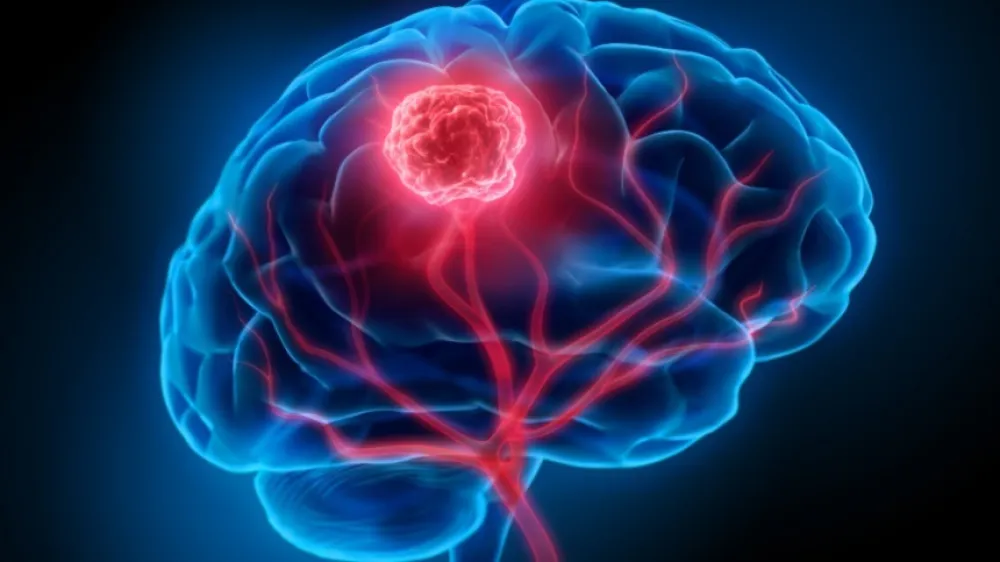Providing your location allows us to show you nearby locations and doctors.
Neurosurgeons perform first fluorescence-guided surgery for glioblastoma at Vassar Brothers Medical Center

06/26/2022
Neurosurgeons can safely remove more brain cancer to improve patient outcomes
Neurosurgeons Dr. David Penn and Dr. Adesh Tandon were the first to use an innovative technology to treat glioblastomas at Vassar Brothers Medical Center. At this time, Vassar Brothers Medical Center is the only hospital offering the neurosurgery technology in Dutchess County, New York. The fluorescence-guided surgery enables neurosurgeons to better visualize cancerous brain tumors, remove them more completely and improve patient outcomes.
Glioblastoma is an aggressive, fast growing type of brain cancer that does not have a cure. Glioblastoma is difficult to surgically remove because the tumor tissue invades the brain and looks similar to healthy tissue.
Glioblastoma surgery is also complex because removing too much brain tissue can greatly affect someone’s neurological abilities; depending on the location of the tumor, it can affect cognitive function, eyesight, speech and mobility.
The fluorescence technology lights up the tumor tissue and clearly differentiates it from healthy tissue. Neurosurgeons can simultaneously stay in the safe resection zone while removing as much of the cancer as possible.
The median length of survival for someone with glioblastoma receiving standard of care treatment is 15 to 16 months. Surgery, chemotherapy and radiation therapy may help manage someone’s symptoms and extend their life as much as possible. The more cancer that is removed through fluorescence-guided surgery, the greater chance of increasing the survival rate.
At Vassar Brothers Medical Center, neurosurgeons evaluate patients with glioblastomas to determine if fluorescence-guided surgery is right for them depending on the location and size of the tumor.
Patients are admitted to the hospital and ingest a solution three hours before surgery. Patients need to stay in the dark for 48 hours after ingesting the solution because one of the side effects is extreme skin sensitivity to UV light.
“The first fluorescence-guided surgery for glioblastoma could not have gone better. Kudos to our multispecialty teams for making an intricate process seamless,” said Dr. Tandon, director of brain tumors at Vassar Brothers Medical Center. “The intensive care unit and transport teams kept the patient in the dark and covered until they were in the operating room. Then, the operating room team prepared in the dark and we operated in a low-light room.”
“The first patient’s tumor was in the part of their brain that controls facial movement and speech. Without the fluorescence technology, we may not have been able to resect as much of the cancer without causing a problem to their facial function or ability to speak,” said Dr. Penn.
“The patient was able to go home from the hospital two days after surgery and they are doing well,” said Dr. Tandon.
In addition to multispecialty care, patients have surgery and recover in the new, ultramodern Patient Pavilion at Vassar Brothers Medical Center.
Nuvance Health neurosurgeons are also performing fluorescence-guided surgery for glioblastoma at Danbury Hospital in Connecticut.
While glioblastomas or GBMs are rare, they are the most common primary brain cancer. Symptoms vary depending on the size of the tumor and where it is located in the brain; common symptoms include headaches, seizures, nausea/vomiting, memory problems and declining normal function.
